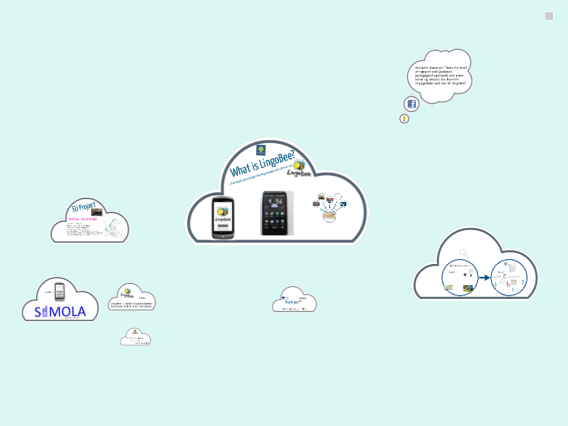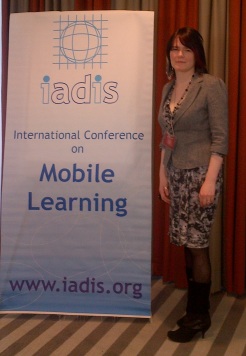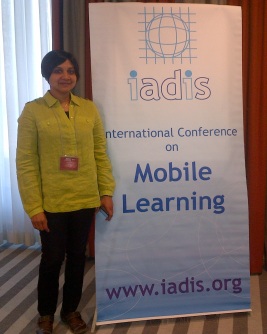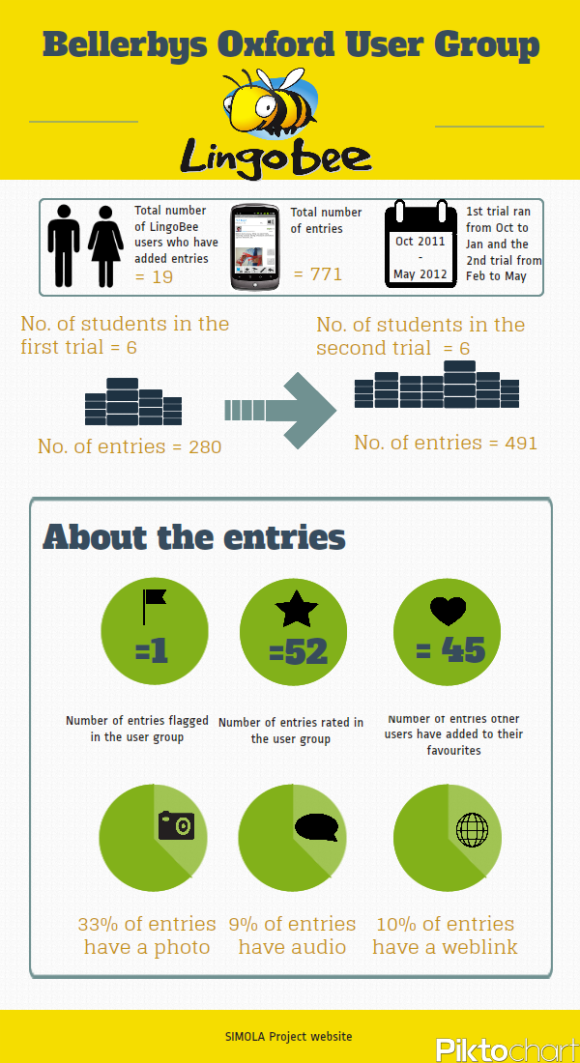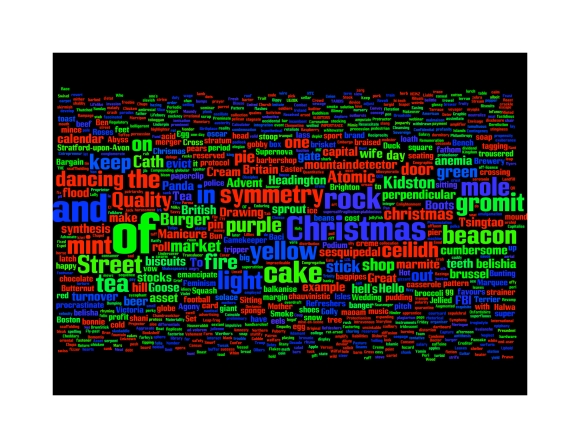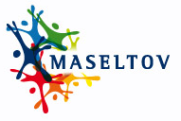
Last week we presented Lingobee at the Maseltov workshop on Mobile Services for Immigrant People. Recognising that language skills and cultural understanding are key factors for migrants to settle in and find a job in their host country, the workshop organisers invited us to present Lingobee and discuss how the experience in SIMOLA can inform the Maseltov project.
While the Maseltov project has a strong language learning partner in Busuu, an online language learning community with over 7 million users, Lingobee’s simplicity and its focus on in-situ language learning struck a chord with workshop participants.
Busuu’s strength lies in partnering language learners with native speakers and providing tightly focused learning materials for its users relating to specific contexts and situations. While the system implements a traditional transfer model of learning based on instruction and practice, it is very popular with learners due to the direct interaction with native speakers, who correct exercises and are available for chats.
Lingobee, by contrast, is based on social-constructivist learning theory. Instead of completing ready-made exercises, Lingobee users actively collect and annotate language- and culture-related content they encounter in their daily lifes. Content is shared in user groups, ensuring relevance to other learners and honouring the fact that dialects and customs can vary greatly between regions in the same language space.
As there is little overlap between these two systems, an interesting approach would be to combine their features. Busuu could benefit from the integration of in-situ user-generated content, to scaffold the interaction between learners and native speakers and to inform the creation of relevant and authentic learning materials. In return, Lingobee could benefit from the involvement of native speakers to clarify meanings and correct mistakes, and from structured learning materials to broaden the learning from user-generated content.
An app combining these features and integrating with Busuu’s huge user base would make for a well-rounded language learning service. However, even without an integrated service, it certainly makes sense for learners to look at both models and spice up generic language learning with active content creation and authentic materials found in their daily lives.

